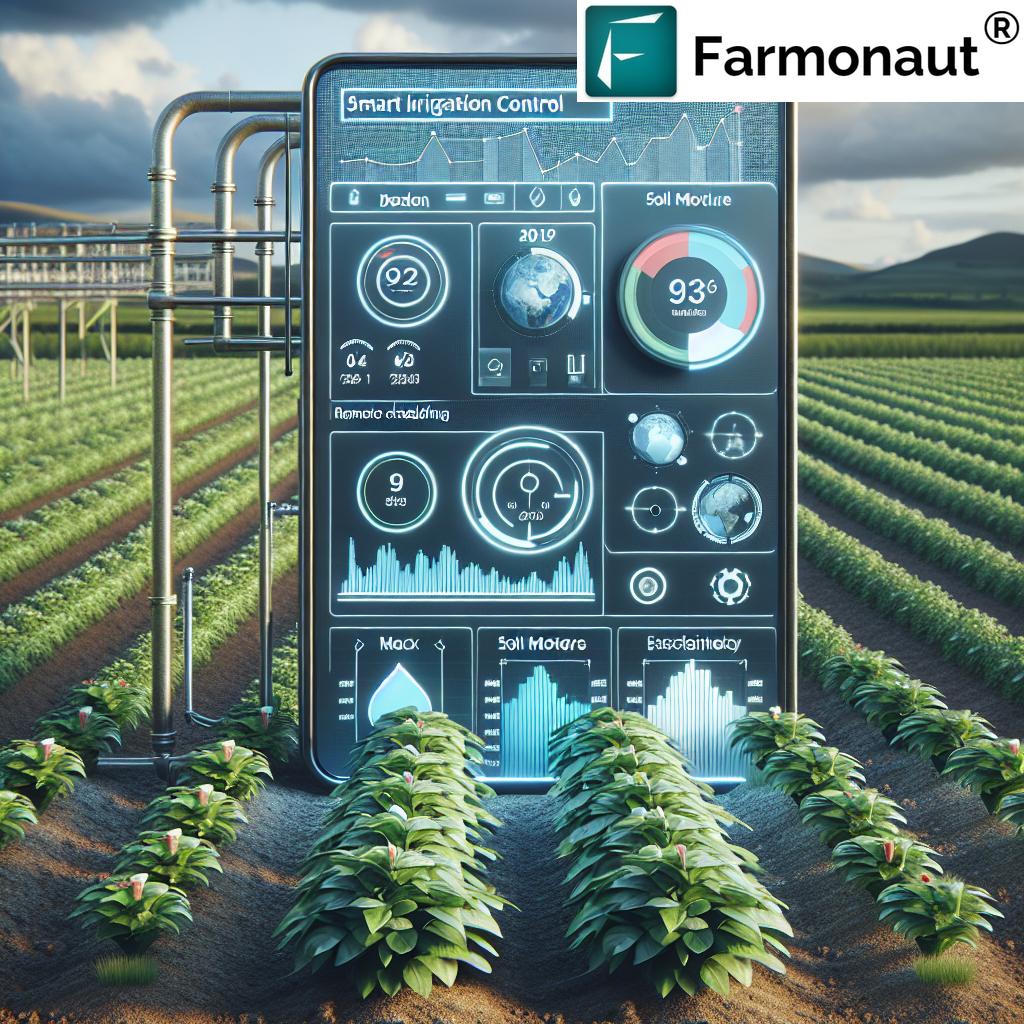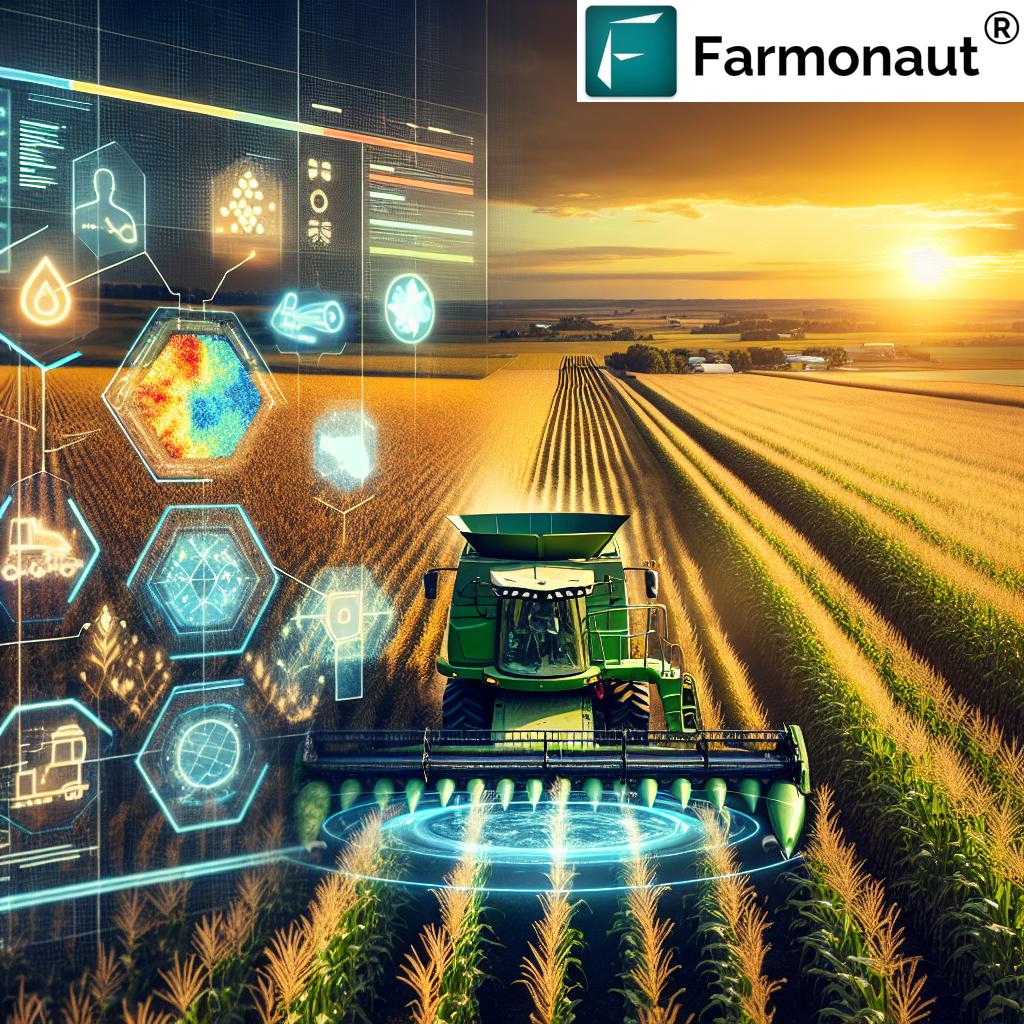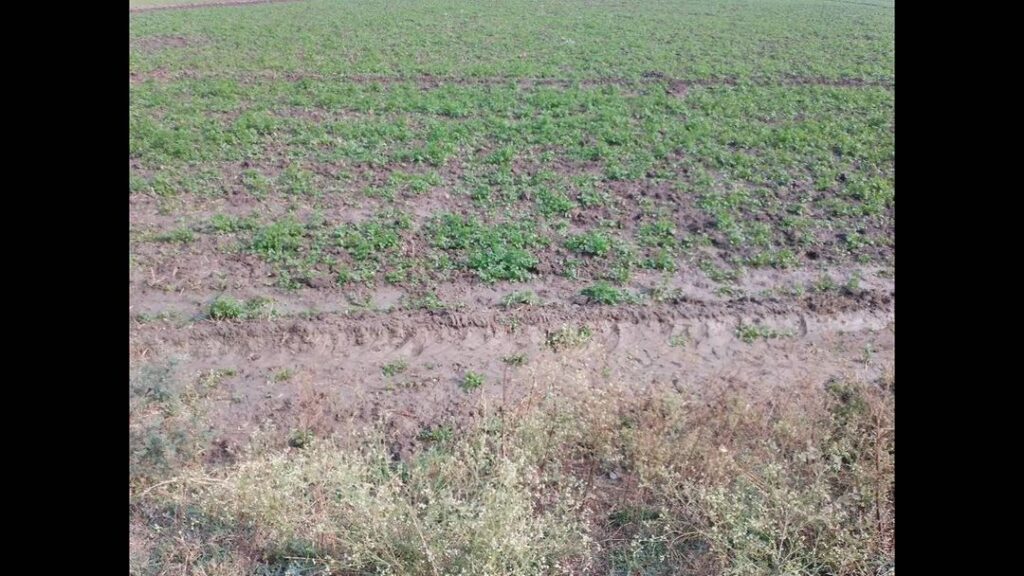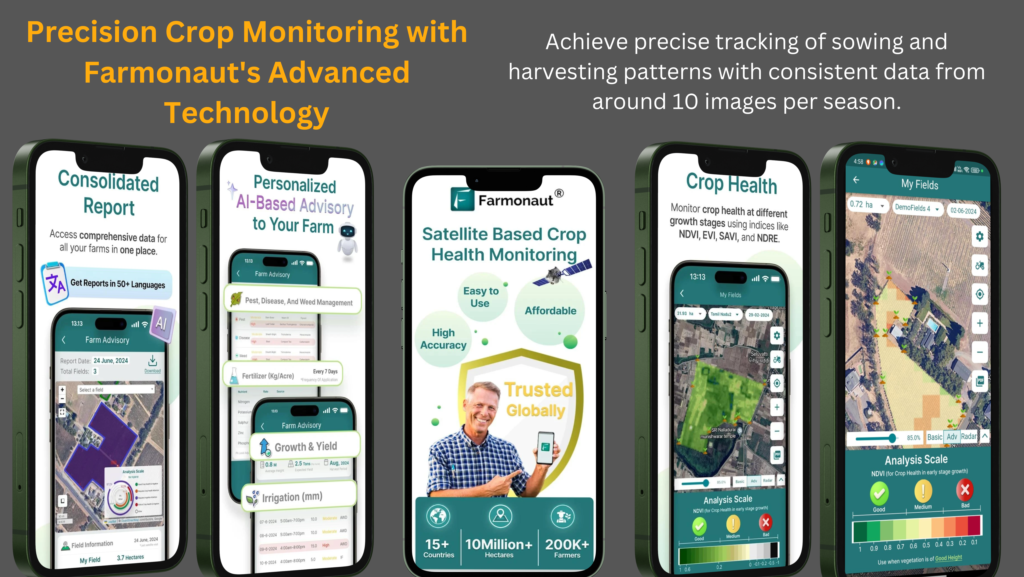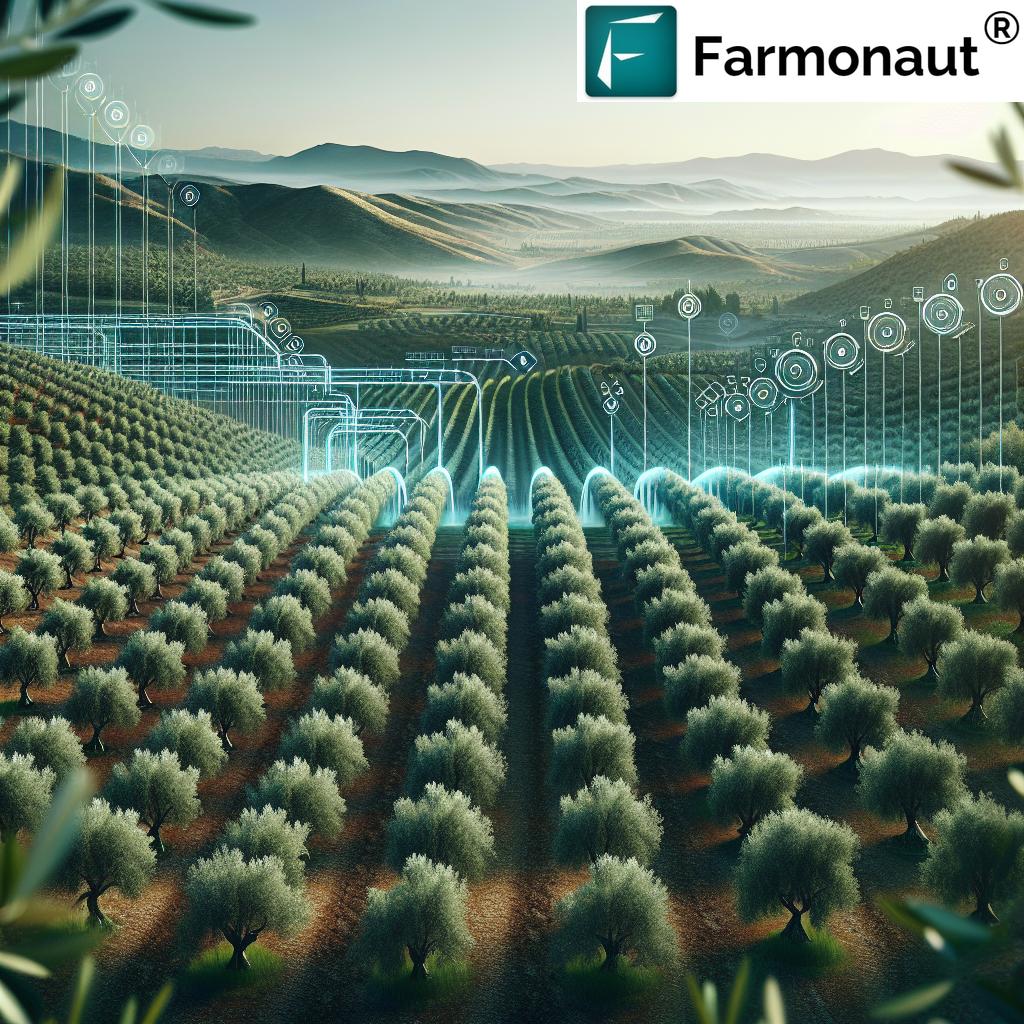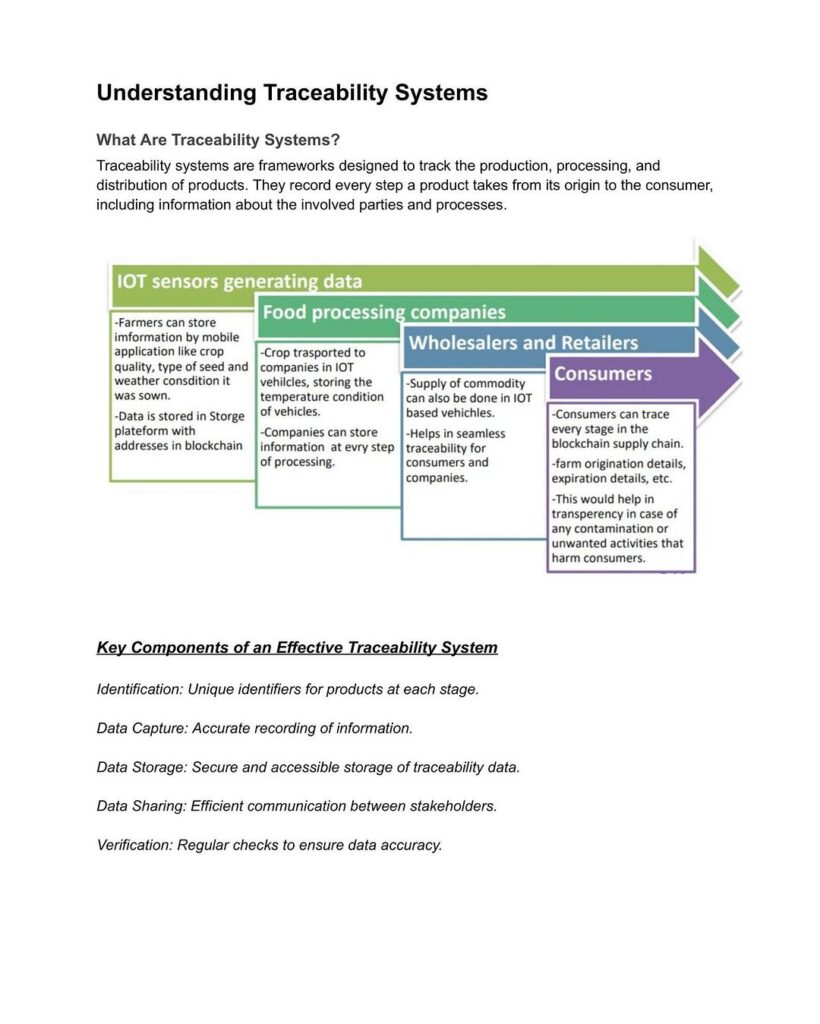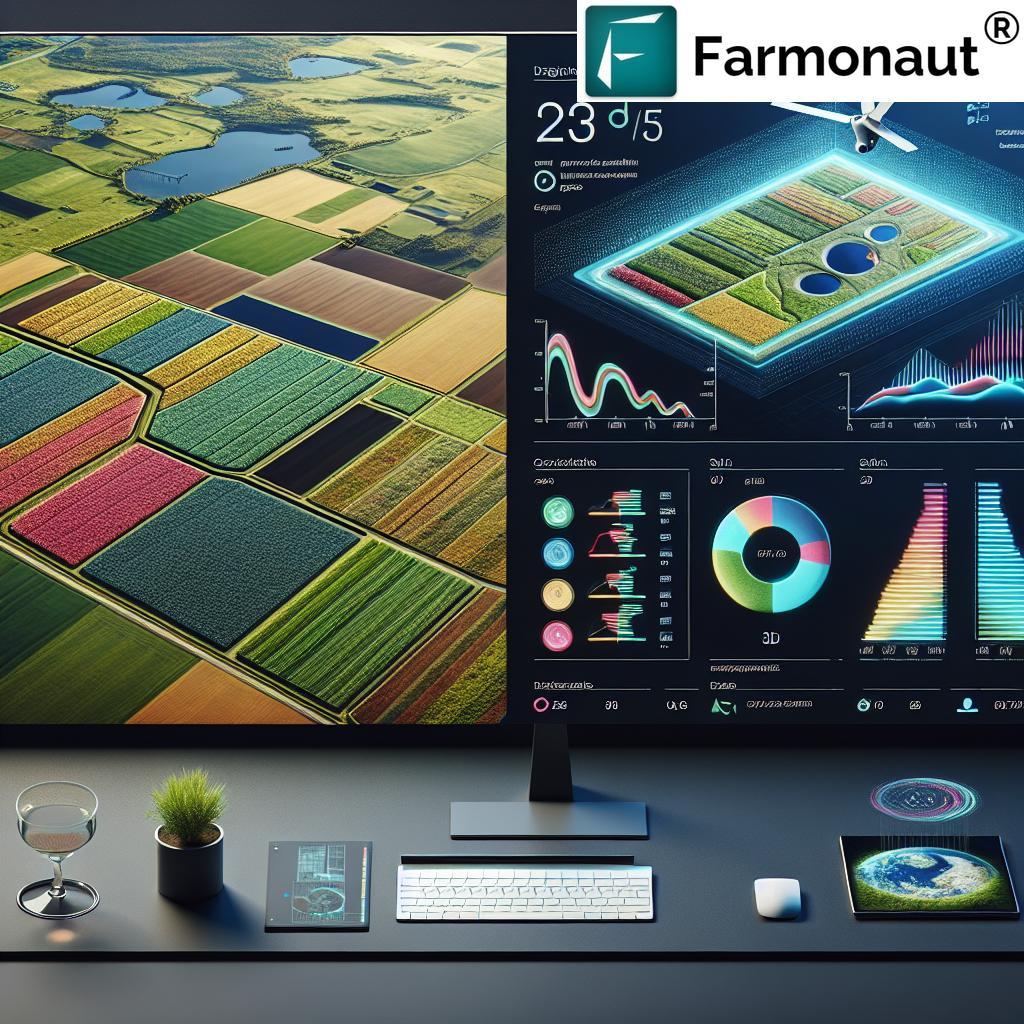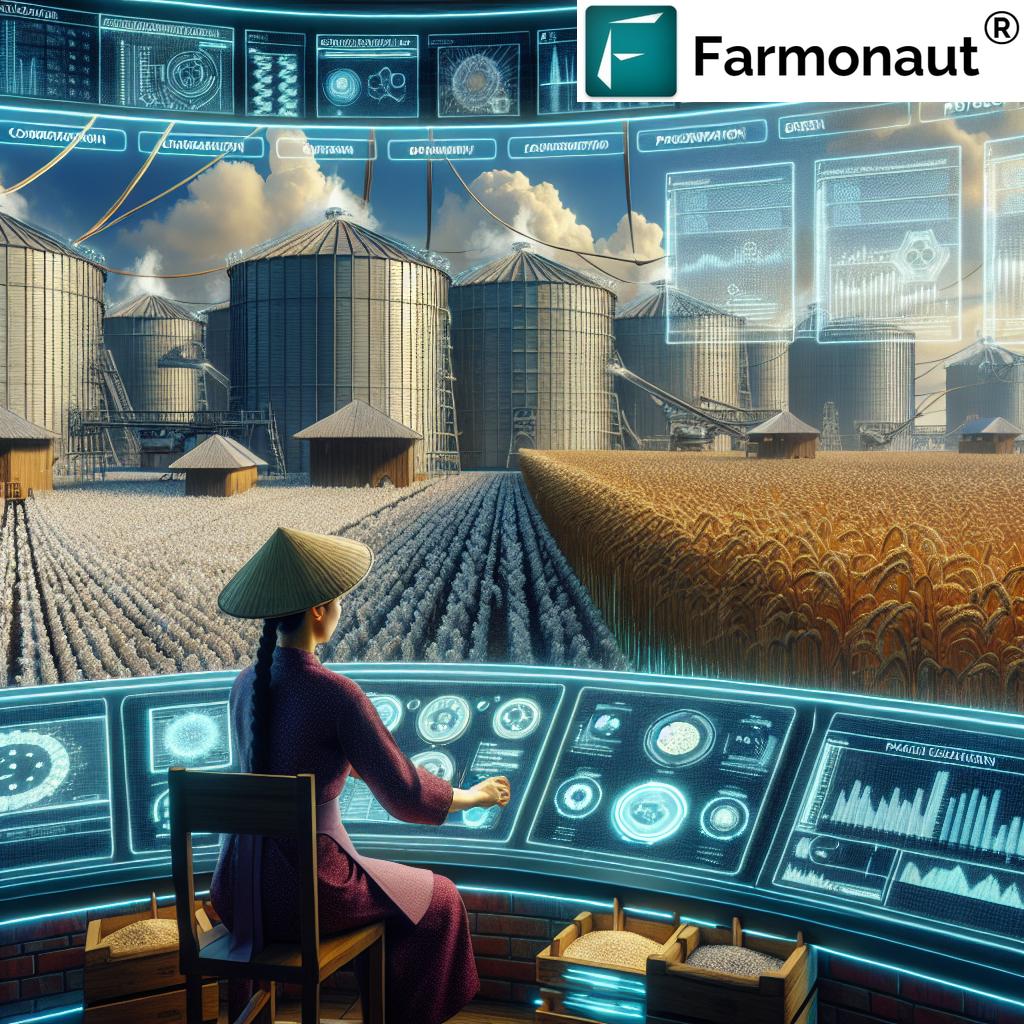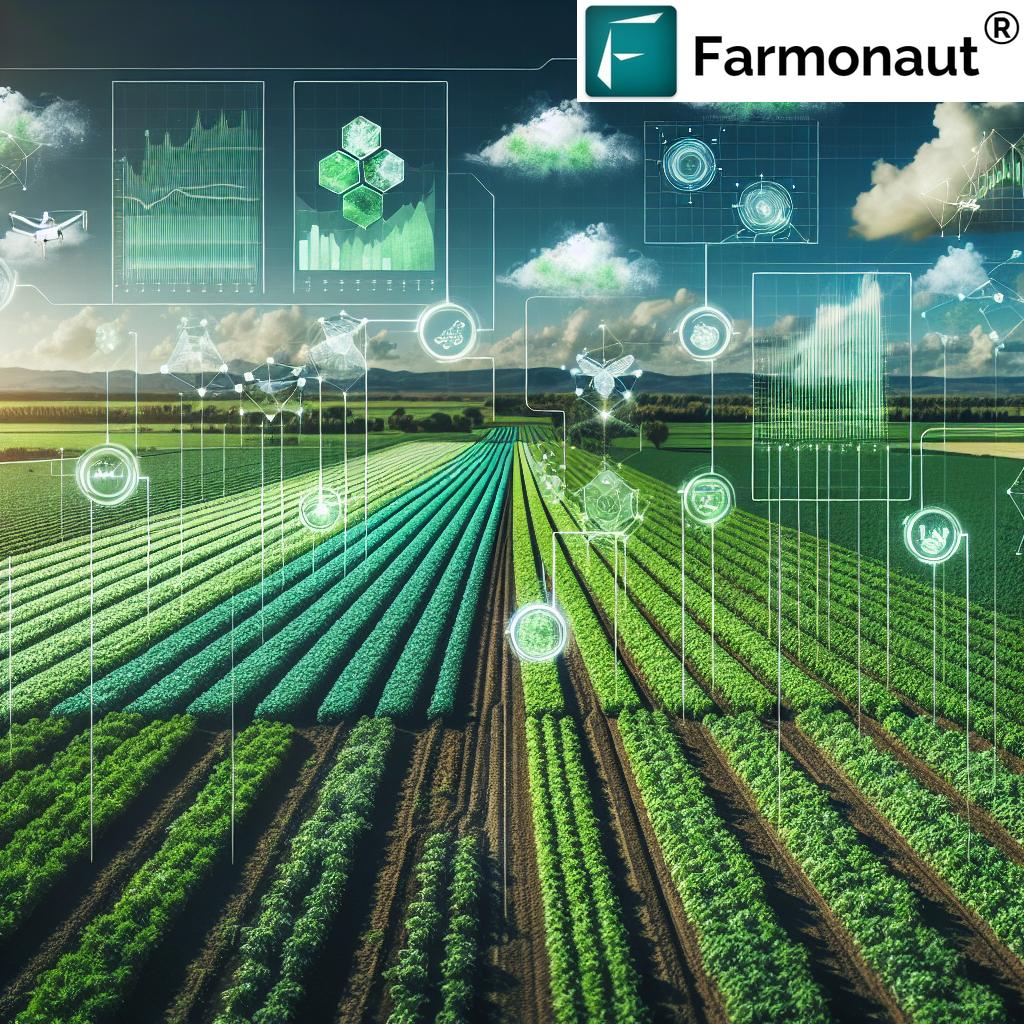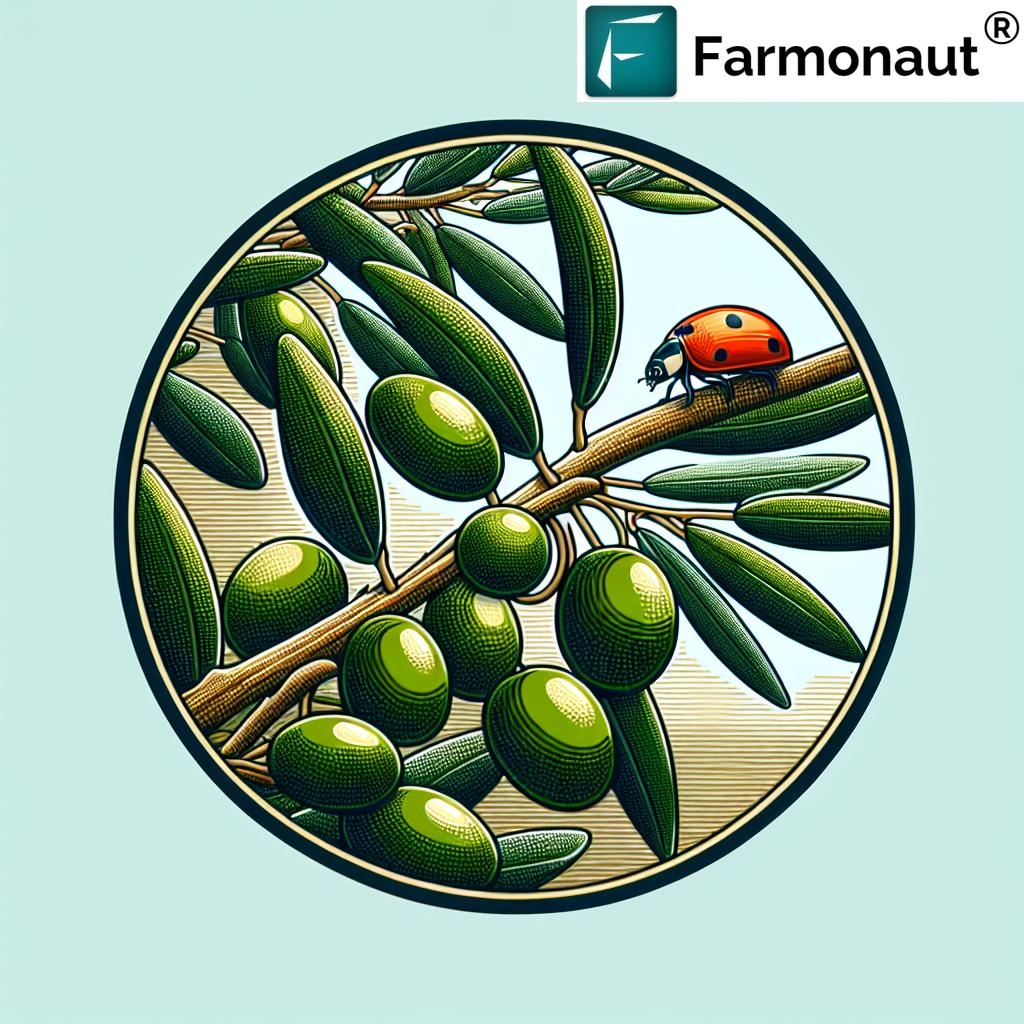“Automated irrigation systems can reduce water usage by up to 30% compared to traditional methods.”
Irrigation Automation System: Boost Yields FAST With These 7 Secrets
In today’s rapidly evolving world of agriculture, efficient water management is not just an aspiration—it’s a necessity for sustainable crop production. As both global food demand and water scarcity continue to intensify, irrigation automation systems are emerging as game-changers for farmers, agribusinesses, and organizations striving to boost crop yields, optimize resource usage, and promote environmental sustainability.
But what exactly makes these smart irrigation technologies so revolutionary? How do sensors, automation, and data-driven insights work together to transform farming practices? In this comprehensive guide, we unveil the seven secrets that will help you maximize output, minimize waste, and lead the way in sustainable water management.
Let’s dive into the world of automated irrigation systems, where innovation meets necessity—empowering all of us to shape the future of agriculture.



🌐 API: Integrate Farmonaut’s satellite & weather data for automation
API Developer Docs: Build custom farm automation solutions
Understanding the Types of Irrigation Automation Systems
To harness the true benefits of automation in agriculture, we must first understand the key types of irrigation automation systems in use today. Each system brings unique approaches to delivering water efficiently and sustainably to crops. Let’s explore:
1. Drip Irrigation Systems
Drip irrigation systems are among the most efficient and widely adopted solutions in modern farming. This method delivers water directly to the plant roots through a network of tubes, emitters, and valves, dramatically reducing evaporation and runoff.
- Water reaches the root zone exactly where it’s needed.
- Drip technology minimizes wastage and promotes optimal moisture levels for improved crop yields.
- Adaptable to different terrains, various crops, and all soil conditions.
Learn more about drip irrigation systems
2. Subsurface Textile Irrigation (SSTI)
Subsurface Textile Irrigation (SSTI) presents a novel approach—placing drip lines beneath the soil surface, covered with a geotextile layer. This enables lateral movement of water, creating uniform distribution in the root zone and further reducing evaporation losses.
- Particularly effective in sandy soils to clay-rich soils; suits various crop types.
- Ideal where surface evaporation threatens water efficiency.
Explore subsurface textile irrigation technology
3. Remote-Controlled Irrigation Systems
Remote-controlled irrigation has changed how farmers manage water. By connecting sensors to smartphones, tablets, and computers, we can monitor and control irrigation remotely—with decisions tailored to real-time data from soil moisture sensors and weather forecasts.
- Enables timely, precise adjustments—reducing waste and improving efficiency.
- Facilitates labor savings and better resource allocation.
- Can integrate with IoT-based irrigation systems for advanced data analytics and automation.
Remote-controlled irrigation in sustainable farming
4. IoT-Based Irrigation Systems
The integration of Internet of Things (IoT) devices marks the next step in precision agriculture solutions. IoT-based irrigation systems use interconnected sensors and controllers that communicate in real-time, facilitating monitoring, scheduling, and remote control to a degree not previously possible.
- Collects and analyzes data for predictive water management.
- Enables precise, tailored irrigation schedules for different crops and soil types.
- Supports integrating weather forecasts into smart watering cycles.
Explore IoT-based irrigation systems
Boost Yields FAST: 7 Secrets of Irrigation Automation Systems
What’s the secret sauce behind improving crop yields with smart irrigation technology? Here are the seven essential principles every farmer and agribusiness should know:
-
1. Precision Water Application (Tailored to Crop Needs)
Automated irrigation systems enable precise delivery of water—not too little, not too much—tailored to the specific crop, soil, and climatic conditions.
How? By reading continuous soil moisture sensor data and adjusting irrigation schedules, these systems remain adaptive throughout the growing season.
-
2. Real-Time Sensing & Monitoring
Sensors (on soil, roots, or leaves) deliver real-time data—allowing us to detect dry zones, assess moisture distribution, and prevent overwatering or underwatering that could stunt growth.- Leaf sensors spot crop water stress before visible signs appear.
- Continuous data analytics empower smarter, faster decisions.
-
3. Weather Forecast Integration
Advanced automation platforms integrate live weather forecasts—automatically delaying irrigation if rain is expected or increasing water during heat waves.- This increases water efficiency and saves costs while preventing runoff.
-
4. Automated Scheduling & Remote Control
Remote-controlled irrigation systems mean less manual labor. Using our mobile phones, computers, or tablets, we can schedule, pause, or modify irrigation wherever we are—increasing efficiency and enabling labor savings.- Reduces human error, labor costs, and saves time.
-
5. Data-Driven Optimization
By continuously analyzing historical and current irrigation, weather, and crop data, automated systems learn and improve over time—creating ever-more optimized schedules and resource allocations.- Combine with satellite monitoring (like Farmonaut) for best results
-
6. Resource & Cost Savings
Water conservation is only the beginning. Smart irrigation technology reduces excessive power consumption for pumps, minimizes fertilizer leaching, and extends hardware lifespan by reducing wear from overuse.- Long-term cost savings yield higher ROI than conventional irrigation.
-
7. Built-In Sustainability & Environmental Impact
Automated irrigation significantly reduces runoff, erosion, and waterlogging—benefitting both the farm and the ecosystem.- Promotes sustainable agriculture: less waste, fewer emissions, and healthier soils.
Want to monitor and reduce your environmental impact automatically? Explore Farmonaut’s Carbon Footprinting Solution for actionable insights and compliance.
“Smart irrigation technology can increase crop yields by as much as 20% through precise water management.”
Comparative Benefits of Irrigation Automation Systems
Let’s see why automation leads the way in efficient water management, labor savings, and sustainable farming compared to traditional systems:
| Technology / Method | Water Savings (%) | Estimated Yield Increase (%) | Labor Requirement (hours/acre) | Average ROI Timeline (months) | Sustainability Impact (1–5) |
|---|---|---|---|---|---|
| Conventional Irrigation | 0% – 10% | 0% – 5% | 8–12 | 24–30 | 2 |
| Irrigation Automation (Drip / SSTI / Remote / IoT) | 30% – 70% | 8% – 20% | 2–4 | 8–18 | 5 |
Note: Values based on industry benchmarks. Results may vary by crop, location, system setup, and farm management practices.
-
For complete digital traceability of crops—from seed to plate—see
Farmonaut Product Traceability.
Blockchain-backed, it ensures transparency and trust throughout the supply chain.
-
Managing financing or crop insurance?
Explore Farmonaut’s Crop Loan & Insurance Solution for secure, satellite-verified loan disbursal and fraud prevention.
-
For agribusinesses needing machinery or transport oversight:
Farmonaut Fleet Management boosts efficiency by optimizing vehicle and equipment use for large farming operations.
Technological Innovations in Smart Irrigation Technology
At the core of modern irrigation automation systems is a powerful synergy of sensors, communications, and advanced analytics. Let’s break down the innovations driving this revolution:
IoT Integration: Smarter, Connected Farms
- IoT-based irrigation systems connect devices and sensors across the farm—collecting data on soil moisture levels, environmental conditions, and crop health in real time.
- This integration streamlines water management, enabling rapid response to changes and predictive planning using advanced data analytics.
Learn about IoT-based irrigation systems in farming
Advanced Sensors: Soil, Leaf, and Weather
- Soil moisture sensors deliver constant updates about the water content in different soil layers, allowing systems to tailor irrigation to specific fields or crop groups.
- Leaf sensors measure crop water tension, allowing timely adjustments to irrigation schedules and preventing plant stress before symptoms occur.
- Weather forecast integration merges meteorological data with field conditions to optimize irrigation cycles and avoid unnecessary watering before rainfall.
Discover the role of leaf sensors in water management
Remote Access & Automation
- Platforms now allow remote monitoring and control via mobile, web, or custom apps—reducing manual labor and enabling rapid response to weather events, power outages, or unforeseen field issues.
- Seamless integration with existing systems brings legacy farms into the digital age.
How remote-controlled irrigation supports labor efficiency
Farmonaut: Advancing Precision Agriculture Solutions
As agricultural technology becomes more integral to efficient irrigation, Farmonaut stands out as a leader in satellite-based farm management solutions that power data-driven decisions for sustainable water management and increased yields.
- Real-time crop health monitoring: Farmonaut leverages multispectral satellite imagery to monitor vegetation health (NDVI), soil moisture, and other parameters critical to irrigation scheduling.
- AI-powered insights: The Jeevn AI Advisory System offers personalized recommendations—including irrigation timing, fertilizer usage, and pest control strategies.
- Blockchain-based traceability: Ensures every part of the journey—from farm to consumer—is transparent, secure, and trustworthy. See Product Traceability.
- Resource management tools: Farmonaut provides actionable metrics and fleet tracking, optimizing irrigation, fertilizer, and machinery allocation.
- Subscription-based, affordable, and scalable: Farmonauts’ platform brings precision agriculture solutions into reach for all, from individual farmers to corporate clients.
With easy access via Android, iOS, and web apps, plus an API for developers, Farmonaut empowers us to implement sustainable water management and integrate automation seamlessly into existing farm practices.
For large-scale operations needing centralized digital control, the Farmonaut Large Scale Farm Management App enables enterprise-level monitoring of irrigation, field health, and logistics—driving down costs and scaling up sustainability.
Navigating Challenges of Irrigation Automation Systems
While the advantages are clear, irrigation automation comes with challenges we must thoughtfully address:
-
High Initial Investment: The setup cost for automated systems—including sensors, controllers, and integration—can be significant, especially for larger farms or complex field layouts.
However, long-term savings in water, labor, and increased yields generally provide a positive ROI over time. - Need for Technical Expertise & Training: Farmers and staff require new digital skills. Regular maintenance, troubleshooting, and system calibration are crucial for optimal functioning.
-
Connectivity Issues: Remote-controlled irrigation systems often rely on strong and reliable internet connectivity, which can be a problem in remote or rural areas.
- Solutions: Localized data-logging devices or hybrid systems that combine automated control with manual override where connectivity is weak.
- Integration With Existing Systems: Retrofitting older or non-standard irrigation setups can be complex, requiring customization and potentially higher installation costs.
- Ongoing Learning Curve: Keeping up with evolving automation features, security updates, and precision data analytics is essential for continuing efficiency and results.
Tip: Farmonaut’s intuitive interface and dedicated support are designed to guide users from first deployment to advanced analytics—making the transition smoother for both individual and large-scale users.
The Future of Irrigation Automation Systems
As we look ahead, automation technologies will become increasingly integral to water-efficient farming practices. Artificial intelligence, machine learning, and big data analytics will further refine precision, enabling:
- Fully automated, adaptive irrigation scheduling powered by real-time, multisource analytics.
- Increased accessibility for smallholder and large-scale farmers via affordable, cloud-based, and mobile-enabled platforms.
- Enhanced sustainability metrics: From on-the-spot carbon footprint tracking (see Farmonaut’s Carbon Footprinting) to comprehensive resource optimization and supply chain transparency.
- Ongoing improvement through satellite monitoring and AI-driven advisory systems that democratize advanced farming techniques.
- API-driven innovation: As seen in Farmonaut’s developer tools, open access to data and integration with other farm equipment allows for endless customization and automation.
The path toward improving crop yields, reducing operational costs, and achieving environmental conservation lies in embracing technology, data-driven management, and a commitment to continual learning within the digital farming ecosystem.
FAQ: Irrigation Automation Systems
What is an irrigation automation system?
An irrigation automation system is a blend of technology—including sensors, controllers, communications, and analytics—that automates the delivery of water to crops. It determines when, where, and how much water to apply based on real-time data from soil and weather, minimizing waste and maximizing plant health.
How do these systems improve crop yields?
By ensuring optimal soil moisture levels and reducing both overwatering and drought stress, automation enables healthier plant growth—directly improving crop yields and quality.
What are the environmental benefits of automated irrigation?
These systems dramatically reduce water consumption, limit soil erosion, and minimize fertilizer/pesticide runoff. Automation helps maintain long-term fertility, sequester more carbon, and empowers truly sustainable water management.
How can Farmonaut help with irrigation automation?
Farmonaut offers real-time satellite-based crop and soil monitoring, AI-driven advisory, and resource management tools through its apps and API, making it easy for users to implement and refine automation strategies in any climate or scale of operation.
Are there challenges to switching to automation?
Yes. Initial investment, the need for robust connectivity, and workforce upskilling are primary challenges. However, with proper training, support, and user-friendly interfaces (like Farmonaut’s), most farm teams can smoothly transition to automated, data-driven management.
Can irrigation automation be integrated into existing farms?
Absolutely. Most modern automation platforms are designed for integration, whether it’s retrofitting sensors to old pipework, using satellite data for areas without ground sensors, or managing fleets of equipment.
How can I start with Farmonaut or get more info?
Download the
Android App,
iOS App, or use the
Web Platform.
Developers and businesses: Use the Farmonaut API and API Docs for fully custom integrations.
Farmonaut Subscriptions & Pricing
Flexible subscriptions for individual farmers, cooperatives, and large agribusinesses. Choose services and scale as your farm grows:
Conclusion: Harnessing Irrigation Automation Systems for Sustainable, High Yield Farming
The transition to irrigation automation systems represents an evolution toward data-driven, sustainable, and efficient farming. By integrating sensors, smart controls, IoT devices, and advanced analytics into daily operations, we not only save water and labor but also improve our yields, cut costs, and promote farm sustainability.
With comprehensive solutions like Farmonaut, precision agriculture becomes accessible at any scale—ushering in a new era where every drop of water counts and every crop gets the attention it deserves. From real-time monitoring to automated scheduling and environmental stewardship, irrigation automation systems are truly transforming agriculture for the better.
Ready to start?
Access Farmonaut now for real-time crop, soil, and irrigation management, or become part of the future of precision agriculture today!



